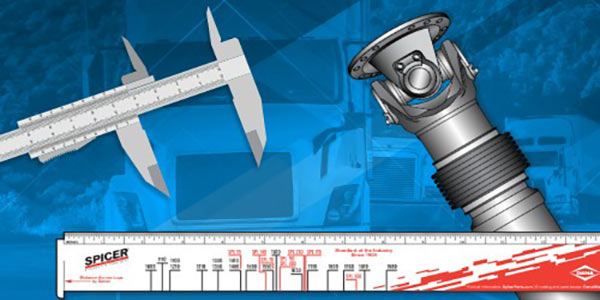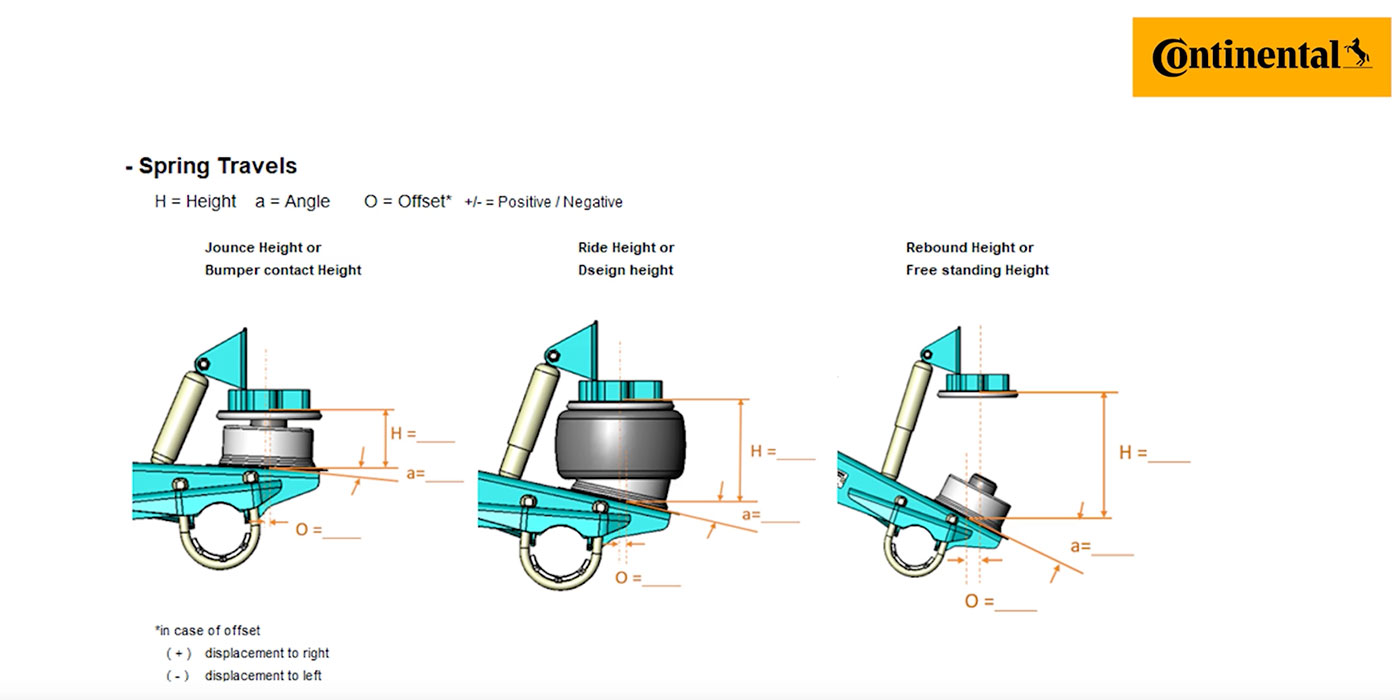With a fleet to manage and a bottom line to protect, you don’t always have time to research things like the new API FA-4 diesel engine oil category. As we approach the second anniversary of first licensing for the new API Service Categories, it is worth highlighting the most notable trends and opportunities available with the advent of these new products.
A recap on CK-4, FA-4
The previous category, API CJ-4, was in place for 10 years. During that time, engine builders made many significant changes to their designs, leading to the need for an improved oil service category. The combination of higher power densities (smaller displacement engines providing more power), improved aerodynamics, and modern emissions systems has resulted in higher engine temperatures — which increases the need for oils with enhanced thermal stability and oxidation control. Additionally, federal regulations continue to emphasize improved fuel economy for heavy-duty trucks, which resulted in the groundbreaking split categories — API CK-4 as a direct replacement of CJ-4, and the first-ever “F” category, FA-4, for fuel-efficient oils. These FA-4 products are exclusively 10W-30 and 5W-30 viscosities.
How do the new FA-4 oils provide better fuel economy?
Perhaps the most confusing aspect of the new categories is the emergence of two different 10W-30s (CK-4 and FA-4). They are both the same Kinematic Viscosity, so what is the difference? Simply put, the FA-4 10W-30 has lower internal fluid friction, which provides the fuel economy advantage since it takes less energy to pump it through the engine. This property, known as Absolute Viscosity (reported in centipoise [“cP”]), measures frictional drag within the lubricant itself using the High Temperature/High Shear test, which is designed to emulate the area between an engine’s crankshaft and the connecting rod journal bearings in a warmed-up engine. It’s important to remember that FA-4 products must pass the same exact performance tests as CK-4 oils, but must do it with the lower HTHS values. Holding FA-4 to the same performance standard ensures that there is no compromise in the level of protection provided.
A conservative approach
To meet their fuel economy targets, most heavy-duty engine builders have been using API CJ-4/CK-4 10W-30 for years as their factory-fill, with some now using FA-4 10W-30. In the larger service fill environment, CK-4 15W-40 still is the dominant viscosity grade, representing nearly 75 percent of the heavy-duty engine oil sales in the U.S. But 10W-30 is the fastest growing grade and for good reason. A fleet with Class 8 trucks should reasonably expect that a move from 15W-40 to CK-4 10W-30 will provide a fuel economy benefit of about 1 percent. Using FA-4 10W-30 should net about 1.5 percent savings, and a switch to FA-4 5W-30 has shown 2 percent (up to 3 percent in Classes 3-6) better fuel efficiency in laboratory and field testing.
While the annualized diesel fuel savings based on a 2 percent to 3 percent improvement should provide a significant temptation, the idea of jumping from a 15W-40 you’ve trusted for 20 years into a heavy-duty 5W-30 might be a little daunting for all but the most dedicated early adopters. In such cases, it’s perfectly reasonable to take a measured approach in the adoption of FA-4 engine oils. Conservative fleet operators may consider a progression from CK-4 15W-40 to CK-4 10W-30 or FA-4 10W-30 to be simpler to implement. After a few years of experience with those products and with the gradual shift in fleet mix toward newer trucks, which are optimized to take full advantage of the lower viscosity oils available, a move to the full synthetic 5W-30 diesel engine oils will be easier to implement. If you’re operating Class 3, Class 4, Class 5, or Class 6 equipment, the leap to FA-4 5W-30 should be considered more quickly to take full advantage of the existing savings potential.
Phillips 66 recommends that you work with your local supplier to discuss opportunities for fuel economy improvement. These discussions should incorporate your typical duty cycles and maintenance goals to find the best balance for your specific equipment mix.
This article was sponsored by Phillips 66 Lubricants. To learn more about the benefits of low viscosity FA-4 engine oils, visit Phillips66Lubricants.com.














